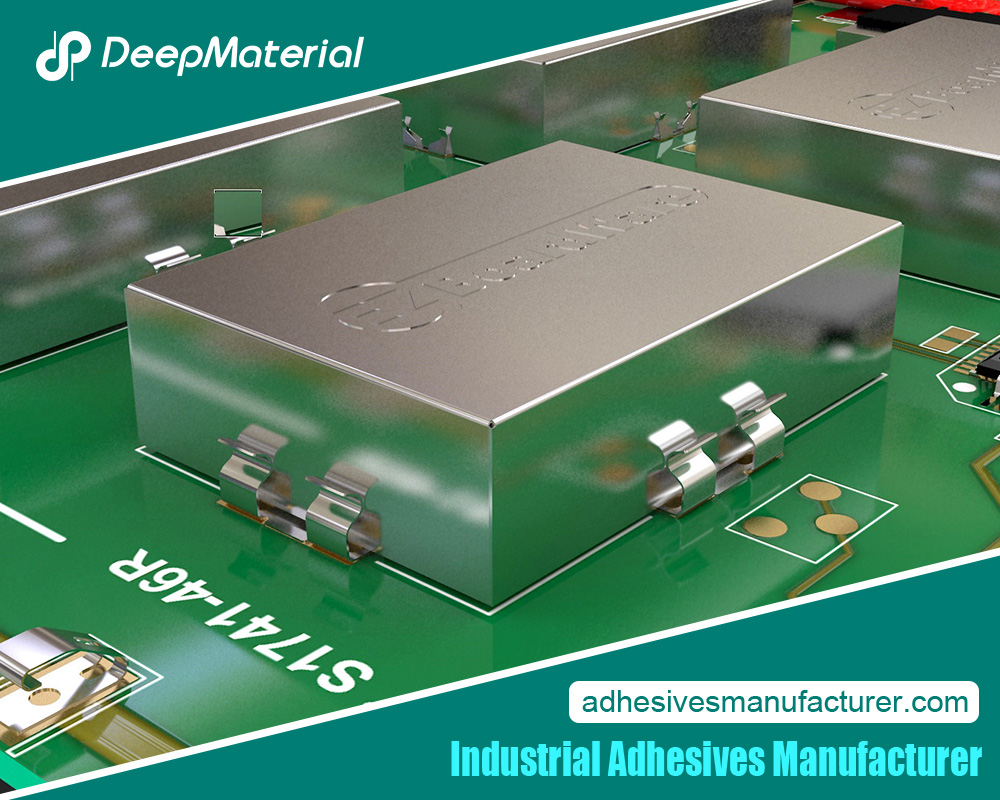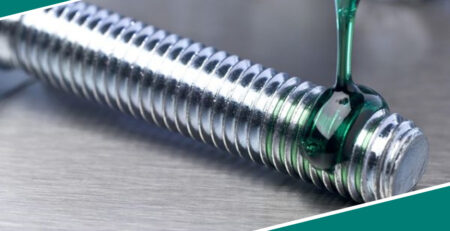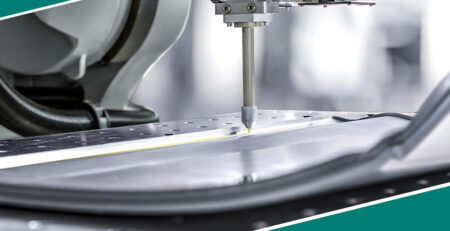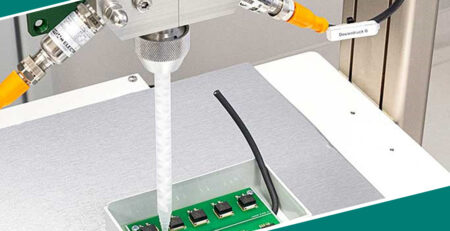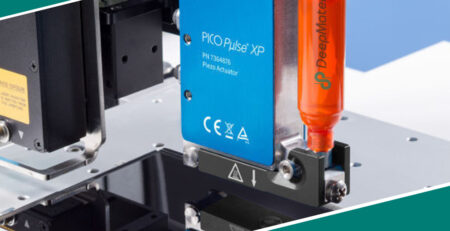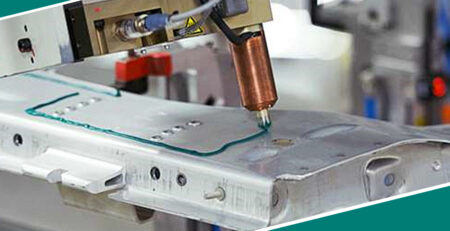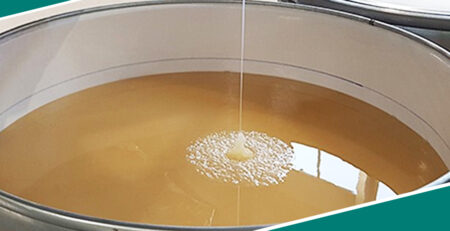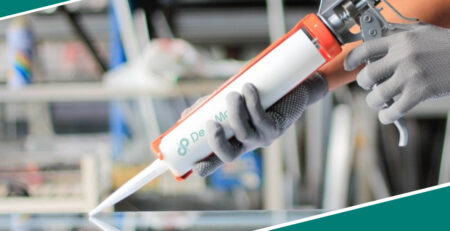Mastering the Art of Bonding: A Comprehensive Guide to Two Part Epoxy Glue
Mastering the Art of Bonding: A Comprehensive Guide to Two Part Epoxy Glue
Two Part epoxy glue stands out in adhesives as a versatile, powerful, and reliable bonding agent. Whether you’re a DIY enthusiast, a professional artisan, or an industrial worker, understanding how to use Two Part epoxy glue effectively can be a game-changer. This article delves into the essentials of Two Part epoxy glue, exploring its components, applications, advantages, and usage tips. By the end, you’ll thoroughly understand how to maximize the benefits of this remarkable adhesive in your projects.
Understanding Two Part Epoxy Glue: The Basics
Two Part epoxy glue is an adhesive comprising a resin and a hardener. When these two substances are mixed, they undergo a chemical reaction that creates a strong, durable bond. Unlike single-component glues, which often rely on air or moisture to cure, Two Part epoxy glue hardens due to the chemical reaction between the resin and hardener, making it highly resistant to environmental factors such as moisture, heat, and chemicals.
The Components of Two Part Epoxy Glue
- Resin: Resin is the primary substance in Two Part epoxy glue. It is typically a viscous liquid that acts as the base material. The resin is only adhesive once it reacts with the hardener.
- Hardener: The hardener is the reactive component that initiates the curing process when mixed with the resin. The hardener determines the glue’s setting time, strength, and other properties.
Advantages of Two Part Epoxy Glue
Two Part epoxy glue offers several advantages over other types of adhesives:
- Superior Strength: Epoxy glue forms a powerful bond that is ideal for heavy-duty applications.
- Versatility:It can bond various materials, including metals, plastics, ceramics, wood, etc.
- Chemical Resistance:Once cured, epoxy glue resists chemicals, making it suitable for environments where other adhesives might fail.
- Durability: The bond created by Two Part epoxy glue is long-lasting and can withstand harsh conditions, including high temperatures and moisture.
Applications of Two Part Epoxy Glue
Two Part epoxy glue is widely used across various industries and for numerous applications:
- Automotive Repairs:It is commonly used to bond metal parts, fill gaps, and repair vehicle cracks.
- Electronics: Epoxy glue is used in electronics to pot and encapsulate components, protecting them from moisture and other environmental factors.
- Construction:In the construction industry, epoxy glue is used for bonding structural elements, repairing concrete, and sealing surfaces.
- Marine Industry: Its water-resistant properties make it ideal for repairing boats and other marine equipment.
- Art and Craft: Epoxy glue is popular among artists for creating jewelry, sculptures, and other craft projects.
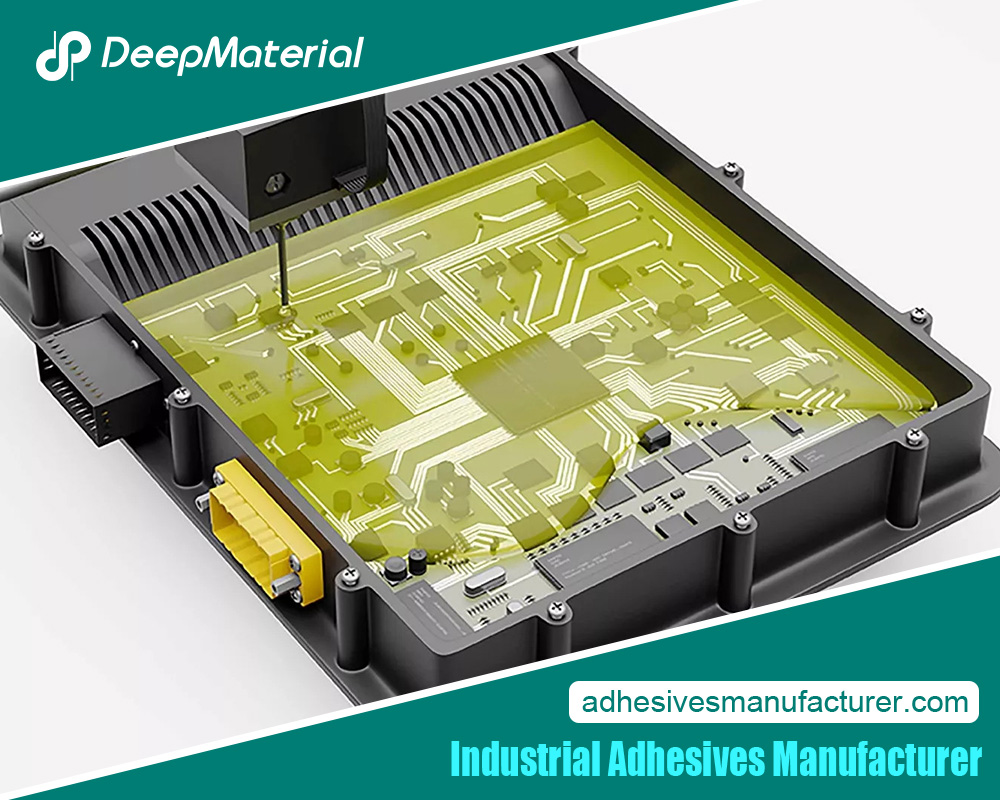 Choosing the Right Two Part Epoxy Glue for Your Project
Choosing the Right Two Part Epoxy Glue for Your Project
Selecting the appropriate Two Part epoxy glue for your project depends on several factors:
- Material Compatibility: Ensure that the epoxy glue is compatible with the materials you intend to bond. Some formulations are better suited for certain materials than others.
- Curing Time: Consider the working time and curing time. Some projects may require a fast-setting epoxy, while others may benefit from a slower-curing formula that allows for more precise adjustments.
- Strength Requirements: Different formulations offer varying levels of strength. Choose a high-strength epoxy for heavy-duty applications and a general-purpose one for lighter tasks.
- Environmental Conditions:If your project will be exposed to extreme temperatures, moisture, or chemicals, select an epoxy glue formulated to withstand those conditions.
Step-by-Step Guide to Using Two Part Epoxy Glue
Using Two Part epoxy glue effectively requires careful preparation and attention to detail. Follow these steps for optimal results:
Preparation:
- Clean the surfaces to be bonded thoroughly to remove dirt, grease, and other contaminants.
- Sand the surfaces if necessary to create a better bonding surface.
- Ensure that the working area is well-ventilated.
Mixing the Epoxy:
- Follow the manufacturer’s instructions to mix the resin and hardener in the correct proportions.
- Mix thoroughly to ensure that the resin and hardener are evenly combined.
Application:
- Apply the mixed epoxy glue to one or both surfaces, depending on the instructions.
- Use a brush, spatula, or syringe for precise application.
Joining the Surfaces:
- Press the surfaces together firmly and align them correctly.
- Use clamps or weights to hold the surfaces in place if necessary.
Curing:
- Allow the epoxy to cure for the recommended time without disturbing the bond.
- Avoid moving the bonded surfaces until the epoxy has fully cured.
Finishing:
- Once cured, remove any excess epoxy with a scraper or sandpaper.
- Paint or polish the bonded area if desired.
Tips for Achieving the Best Results with Two Part Epoxy Glue
- Temperature Control:Ensure that the temperature in your working area is within the recommended range for the epoxy to cure properly. Extreme temperatures can affect the curing process and the strength of the bond.
- Mixing Ratios: Always adhere to the manufacturer’s recommended mixing ratios. Incorrect ratios can result in a weak bond or incomplete curing.
- Use the Right Tools: Use appropriate tools for mixing and applying the epoxy. Disposable tools like plastic mixing sticks and brushes are ideal since they can be discarded after use.
- Timing Is Crucial: Be mindful of the epoxy’s working time. Apply it within the specified time frame to avoid premature curing.
- Safety First: Always wear protective gloves and work in a well-ventilated area to avoid skin contact and inhalation of fumes.
Maintenance and Longevity of Epoxy Bonds
To ensure the longevity of your epoxy bond, consider the following maintenance tips:
- Regular Inspection: Periodically check the bonded area for signs of wear, cracks, or weakening. Address any issues promptly to prevent further damage.
- Protection from Extreme Conditions: If possible, protect the bonded area from extreme temperatures, moisture, and chemicals, as prolonged exposure can weaken the bond over time.
- Reinforcement: For high-stress applications, consider reinforcing the bond with additional support, such as screws, bolts, or brackets.
Innovations in Two Part Epoxy Glue Technology
The world of adhesives constantly evolves, and Two Part epoxy glue is no exception. Recent innovations include:
- Faster Curing Times: New formulations are being developed to reduce curing times without compromising bond strength, allowing for quicker project completion.
- Improved Flexibility:Advances in epoxy technology produce glues that offer greater flexibility, making them suitable for applications where movement or vibration is a factor.
- Eco-Friendly Options: Manufacturers are working on more environmentally friendly epoxy formulations that reduce harmful emissions and waste.
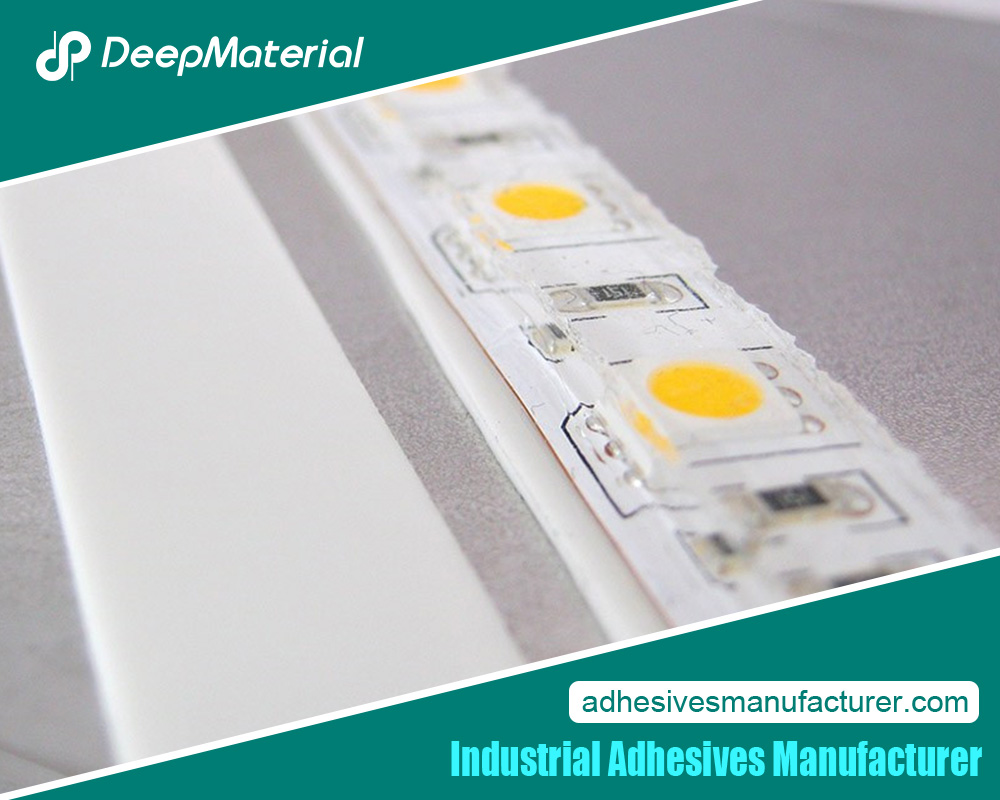 Conclusion
Conclusion
Two Part epoxy glue is a remarkable adhesive with various applications across various industries. Its superior strength, durability, and versatility make it an invaluable tool for professionals and DIY enthusiasts. By understanding the components, applications, and proper usage techniques, you can harness the full potential of Two Part epoxy glue for your projects. Whether repairing a cracked surface, creating a piece of art, or constructing a complex structure, mastering Two Part epoxy glue will ensure your bond is robust, reliable, and long-lasting.
For more about choosing the best mastering the art of bonding: a comprehensive guide to two part epoxy glue, you can pay a visit to Deepmaterial at https://www.adhesivesmanufacturer.com/ for more info.

